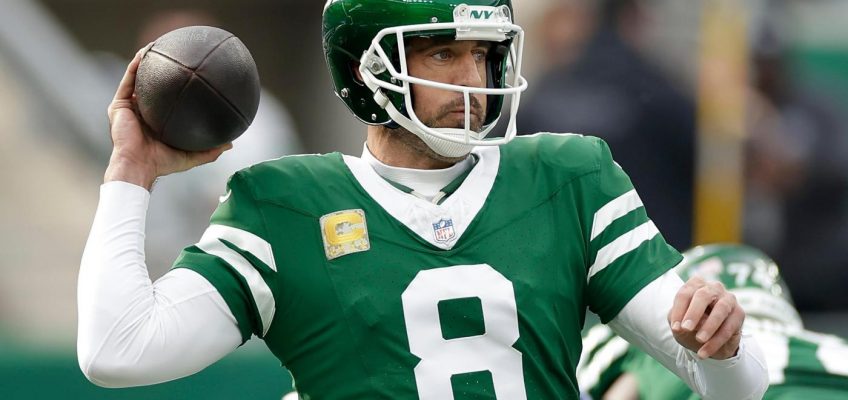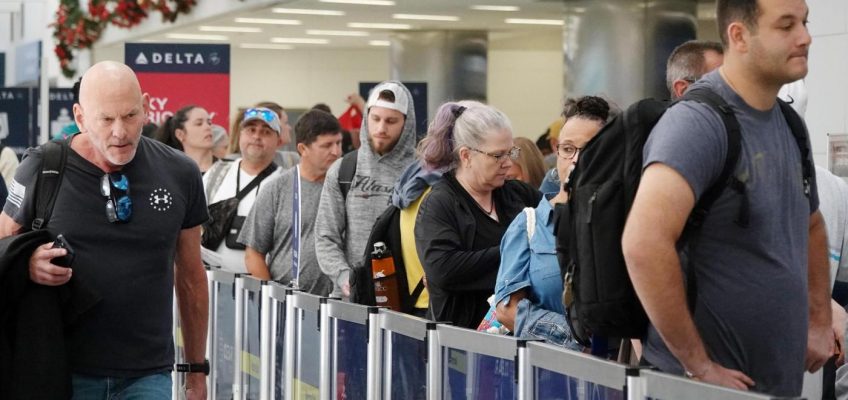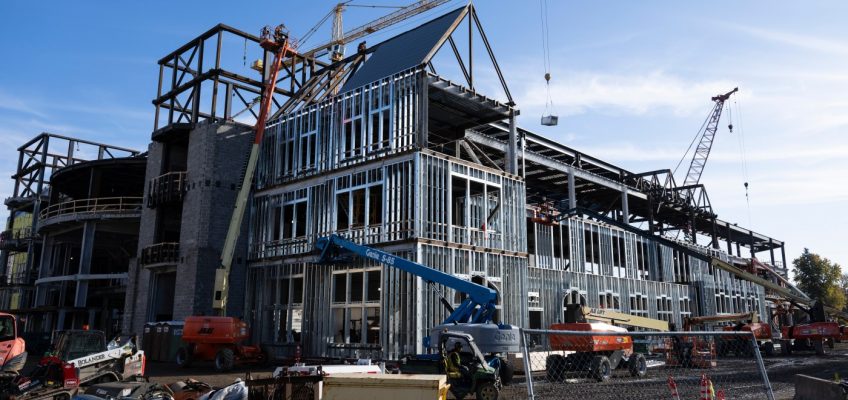Aaron Rodgers joined “The Pat McAfee Show” on Thursday afternoon, live from his home in Malibu, Calif. It marked the first time the future Hall of Fame quarterback has spoken publicly this offseason with his future still very much up in the air.
The appearance from Rodgers spanned roughly 45 minutes and he covered a wide variety of topics, including a meeting with the New York Jets that went quickly went sideways, a conversation with the New York Giants that went well, and a visit with the Pittsburgh Steelers that he tried to keep under wraps as best he could.
There wasn’t much mention of the Vikings aside from the fact that Rodgers confirmed he had some discussions with Kevin O’Connell.
“We’ve got a great friendship,” said Rodgers, who has known O’Connell for nearly 20 years, dating back to when they used to work out together in San Diego. “We’ve talked outside of this offseason. We keep in touch. We’ve got good communication.”
The discussions with Rodgers were already confirmed by O’Connell this month at NFL owners meetings before he quickly shifted the focus to J.J. McCarthy and his future with the Vikings.
“We were able to have some conversations on the hunt to always improve our football team,” O’Connell said at the time. “You’re constantly acknowledging and evaluating all of the opportunities that may be out there.”
There were some other interesting nuggets that Rodgers shed light on. He denied a recent report that suggested he pitched the Vikings on the idea of being a willing mentor for McCarthy if he signed. He also pushed back on a notion that he is waiting to see if the Vikings change their mind down the road.
“No,” Rodgers said. “That’s not accurate.”
In fact, Rodgers made clear that the only reason he hasn’t made a decision about his future is because some people in his inner circle are dealing with some issues, and that is where he’s been focusing most of his attention.
“I’m not holding anybody hostage, and I really want to emphasize that,” Rodgers said. “I’m just going through a lot in my personal life that has to take precedence at this point.”
Interestingly, asked by McAfee if potentially hanging up the cleats for good was on the table, Rodgers replied, “I’m open to anything and attached to nothing. So, yeah, retirement still could be a possibility for me.”
Related Articles
Everything you need to know about the Vikings ahead of the 2025 NFL Draft
Charley Walters: Vikings’ backup definitely won’t be Rodgers
Dates set for Vikings’ OTAs, mandatory minicamp
Five takeaways from Vikings coach Kevin O’Connell at NFL owners meetings
Vikings want to strike a deal with general manager Kwesi Adofo-Mensah




